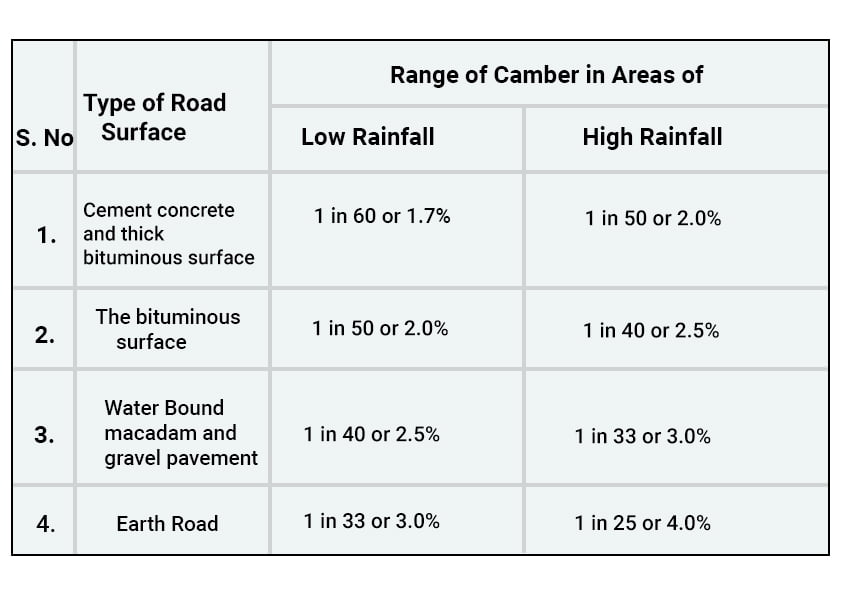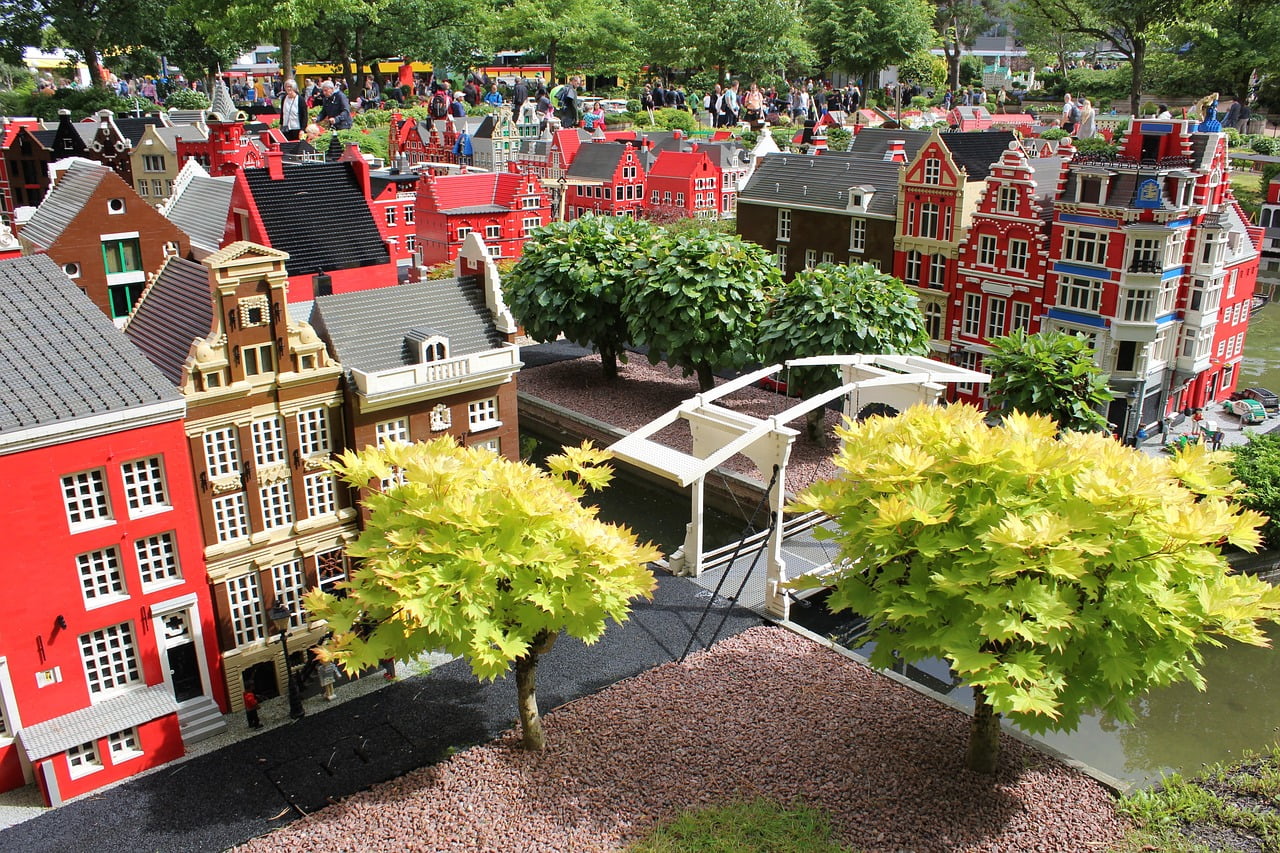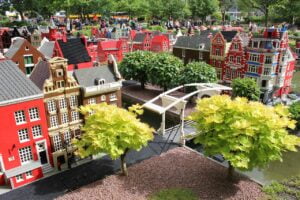What is a camber on a road?
Camber is a slope commonly present on highways or roadways to direct surface water or precipitation to drains. Camber is a slope that is raised at one end. It is also known as the road’s “cross slope.” Cambers are not just built to help with water drainage; they also keep the road from degrading. If rainfall collects on the road and does not drain away, it can cause cracks and potholes, which are extremely dangerous for anyone driving on the highway or anyplace else. Water on the road also causes a loss of grip and traction, causing the car to lose control and cause an accident. To tackle all these problems, cambers are created on the roads and highways.
The design values of a camber depend on the local average rainfall of the area and the type of pavement. Steep cambers are very useful in diverting rainwater. The average slope of a camber should be between 2 and 3%.
As you can see in the image (Fig. 1) below, the central point, which is slightly high, is known as a crown. It helps in the flow of surface water and leads it to gullies (drains) present at the corners of the road. The road and the sidewalks are separated by the kerb, and the endpoints on both sides are known as camber.

Types of camber
Camber is constructed of different types as per its functions.
Have you seen the motor racing tracks and high-speed roads where those tracks are banked upwards towards the outer edge of the bend? They are known as “elevated camber”. This type of camber is designed not only for smooth drainage but also to reduce the centrifugal force experienced by a motor racing bike when cornering at high speeds on the road.
Composite Camber
A composite camber has two steep slopes from the edges, with a partly parabola and a partly straight line in the center of the camber. In general, the central part is parabolic and at the edges it is straight. This type of camber reduces pressure intensity by increasing the area of directly contacting wheels with the road. This type of camber can be easily constructed and maintained.

Straight or Sloped Camber
A straight camber consists of two different straight lines from the edges meeting at the center of the carriageway. The crown is the middle and topmost part of the surface of the road. This type of camber is very simple and can be easily constructed and maintained.
Edges can create discomfort in the flow of traffic, so this type of camber is not widely used on the road.

Parabolic or Barrel camber
This type of camber consists of a continuous curve, either parabolic or elliptical. It provides a flat surface in the middle of the road, but it is steeper towards the edges. This type of camber is suitable or available for fast-moving vehicles, mainly on highways or expressways. The steeper edges provide better drainage for the rainwater. This type of camber is difficult to construct and maintain. The steeper edges are damaged quickly, so additional kerbs are provided on the edges of the road.

Advantages of Camber on Road
- Camber aids in the smooth drainage of water from the road’s surface.
- Smooth water drainage protects the road against degradation, cracks, and potholes.
- By redirecting rainfall, the camber protects the road’s foundation course from deterioration.
- Camber protects the road against damage, accidents, and a loss of grip and traction.
Disadvantages of providing the excessive height of camber on Road
- Can increase the number of accident cases.
- The road can be distorted from the edges.
- It will reduce the width of the road because of the unbalanced surface created by the uneven height.
- It can create discomfort for the passengers while traveling on the road.
Why Is Camber Provided In Road?
- To safeguard the road by keeping surface water from entering the road layers.
- It aids in the smooth drainage of rain and keeps water off the road.
- Camber allows water to escape quickly and protects the road structure’s foundation course from deterioration.
- It keeps the road free of cracks and potholes.
- To keep water out of the bituminous pavement layers.
- Camber helps to drain water fast and protects the pavement, allowing the road to dry quickly after rain.
Recommended Values Of camber For Different Types Of Road Surfaces By IRC:












